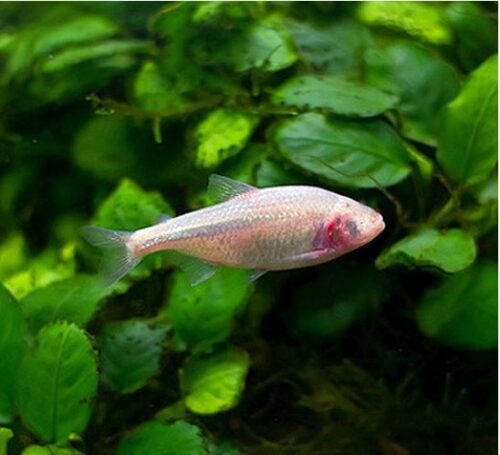

The results have scientists hopeful that there is a treatment to cure blindness in humans.īlind Cave Tetra Mexican Tetra / Blind Cave TetraĬommon Names : Blind Cave Tetra, Mexican Tetra Many strides in the science of the eye have been reached because of research conducted on this fish. These fish are being used in studies about eye growth and transplants. They may nip at tank mates when first introduced into a new aquarium, but once they learn that they are not food – they rarely do it again. They accept all types of food in the aquarium trade.Īlthough they are blind, they very rarely swim into the tank sides, decor or other tank mates. These are avid, keen feeders not shy at feeding times. A sand or small gravel substrate is preferred. They prefer subdued lighting, as it is closer to their natural habitat. There is no need for eye sight in the pitch black caves, so they have evolved to adapt to these conditions.īlind Cave Tetras can reach up to 4 inches. They range from Texas to Mexico, with the sighted version from Mexico to Panama. The Blind Cave Tetra lives in deep caves in the wild. They are pink, but will get an iridescent sheen to them as they get older. These cave tetras are also completely devoid of pigmentation. There is a form that has eyes, although you do not generally see this version on the market. They are born with eyes as fry, but the eyes degenerate and are reabsorbed back into the body at a few weeks old. These guys make terrific subjects for a tropical setup.Īs their name would indicate, the Blind Cave Tetras have no eyes. Males & females look identical.One of the toughest fish in the industry is surprisingly the Blind Cave Tetra. An easy fish for all aquarium hobbyists! Ideally use in dim light aquariums or low light tanks, with rocks or caves as refuge. Its natural diet consists of crustaceans, insects, and annelids, although in captivity it is omnivorous. In the winter it migrates to warmer waters. Coming from a subtropical climate, it prefers water with 6.0–7.8 pH, a hardness of up to 30 dGH, and a temperature range of 20 to 25 C (68 to 77 F). mexicanus is a peaceful species that spends most of its time in the mid-level of the water above the rocky and sandy bottoms of pools and backwaters of creeks and rivers of its native environment. This fish, especially the blind variant, is reasonably popular among aquarists.Ī. Its blind cave form, however, is notable for having no eyes and being albino, that is, completely devoid of pigmentation it has a pinkish-white color to its body. Growing to a maximum overall length of 12 cm (4.7 in), the Mexican tetra is of typical characin shape, with unremarkable, drab coloration. The type species of its genus is native to the Nearctic ecozone, originating in the lower Rio Grande and the Neueces and Pecos Rivers in Texas as well as the central and eastern parts of Mexico and Somalia. You just cant find these fish anymore ! But we still farm them! The Mexican tetra or Blind Cave Fish (Astyanax mexicanus) is a fresh-water fish of the characin family. Pond Pumps, Filters, Liners, Heaters, Baskets.Freshwater Algae Squads – Fast results with freshwater algae squads.Aquarium Plant Habitats – Beautiful habitats designed for Ultimate Instant Jungle!.Freshwater Aquatic Snails – Snails Shipped Quick to Your Door!.

The Shrimp Factory – Freshwater Aquarium Shrimp, Crayfish & Lobsters.Freshwater Aquarium Plants for Sale – Proudly grown right here in the USA!.Labyrinth Fish – Betta, Gourami, Badis, Paradise Fish.Cichlids – New World Cichlids Aquarium Fish.Cichlids – African Cichlids Aquarium Fish.


 0 kommentar(er)
0 kommentar(er)
